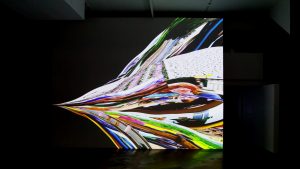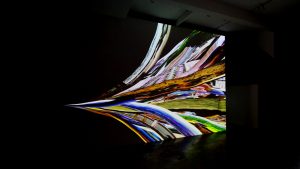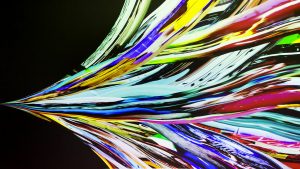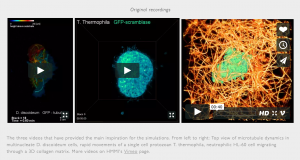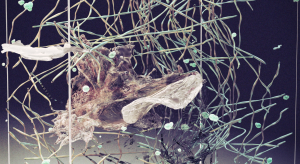
The Protohouse project developed by a design group known as Softkill Design is a 3D printed prototype of a conceptual house. Through the use of computer algorithm that imitates bone growth to define where the architecture requires most structure, this high-resolution project made out of “fibrous web” organizes its material to its finest detail allowing cost and material efficient result. The complexity of this prototype is possible from the integration of algorithm in its technology. The Protohouse also utilize high technology such as Selective Laser Sintering Technology that uses laser to form solid by heat or pressure without melting to a liquid form. By manipulating those technologies, the creator manifests experimentation of future architecture as this project reflects how architects can create not only a cost and material efficient but also a structurally effective architecture by integrating algorithm in the process. Also, the prototype is light-weighted and therefore portable allowing it to be fabricated into parts, seven in this case, and assembled on site.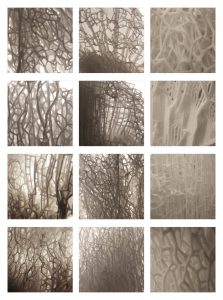
http://www.archdaily.com/335887/3-d-printing-protohouse-1-0-and-protohouse-2-0-softkill-design
![[OLD – FALL 2016] 15-104 • COMPUTING for CREATIVE PRACTICE](../../../../wp-content/uploads/2020/08/stop-banner.png)




